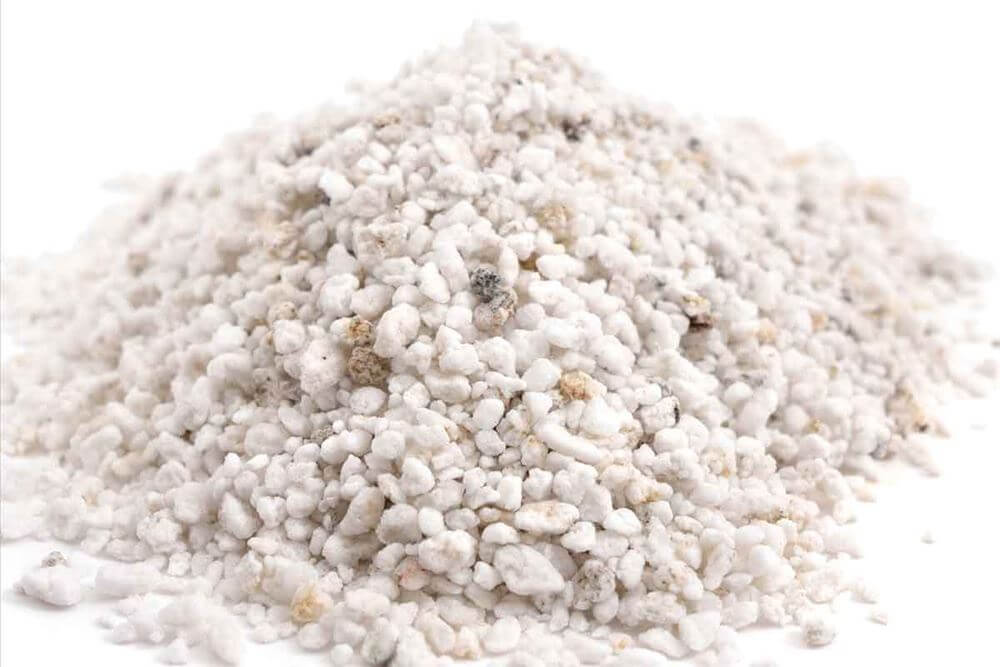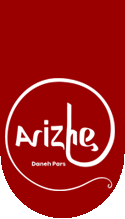Introduction
Perlite is a type of siliceous volcanic rock produced by the thermal expansion of hydrated volcanic glass (obsidian-like material). When heated to approximately 850–1000 °C, it expands, becoming lightweight and highly porous with excellent absorptive capacity. Its porous structure, large surface area, and mineral composition have made perlite an attractive mineral additive in animal and poultry nutrition in recent years.
Although perlite is mainly used in agriculture, water purification, and as a plant growth medium, its application in animal feeding is growing due to its ability to absorb toxins, improve digestion, and provide trace minerals.
Chemical Composition and Physical Properties
Perlite consists primarily of silica (SiO₂) and alumina (Al₂O₃), with smaller amounts of potassium, sodium, iron, calcium, and magnesium.
Its key properties include:
-
High specific surface area and absorption capacity
-
Chemically inert and non-toxic nature
-
Thermal and mechanical stability
-
Limited ion exchange capacity
Due to its porous structure and chemical inertness, perlite can act as an adsorbent for toxins and harmful gases in the digestive system of animals without negatively affecting nutrient absorption.

Application in Livestock Nutrition
In ruminants (cattle, sheep, and goats), perlite can serve as a mineral additive for:
-
Absorption of gases and toxins in the rumen
-
Improving rumen fermentation by regulating moisture and pH
-
Reducing ammonia odor in manure
-
Enhancing gastrointestinal health
Some studies have shown that adding small amounts of perlite (about 0.5–1% of dietary dry matter) can increase feed intake and improve feed conversion efficiency in fattening cattle. Its absorbent nature also helps reduce mycotoxin concentrations and other harmful compounds in feed.
In dairy cows, supplementing diets with feed-grade perlite may help stabilize rumen microflora and increase milk fat content. However, excessive use may slightly decrease the bioavailability of certain trace minerals, so dietary balance must be maintained.
Application in Poultry Nutrition
In broiler and layer diets, perlite can offer several benefits:
-
Improving litter quality and reducing ammonia odor: By absorbing moisture and ammonia from droppings, perlite keeps the litter drier and reduces unpleasant odors in poultry houses.
-
Absorption of mycotoxins: The porous structure of perlite allows it to adsorb aflatoxins and other fungal toxins, helping prevent liver damage and growth retardation in birds.
-
Improving gut health and feed conversion ratio: Some studies have reported that including 0.5–1% perlite in broiler diets enhances growth performance, increases final body weight, and lowers mortality rates.
-
Positive effect on egg quality: Perlite contains small amounts of silica and calcium that can slightly improve eggshell strength, though this effect is generally modest.

Environmental and Health Roles
Adding perlite to poultry feed or litter can significantly reduce ammonia emissions and harmful gases, helping prevent environmental pollution.
Because of its high absorptive capacity, perlite also acts as a natural deodorizer and moisture absorber in animal and poultry housing.
In cattle barns, using perlite in bedding not only absorbs moisture but also prevents the growth of fungi and pathogenic bacteria, improving hygiene and reducing respiratory and skin diseases.
Dosage and Safety Considerations
-
Ruminant feed: about 0.5–1% of dietary dry matter (5–10 g per kg of feed).
-
Poultry feed: about 0.25–0.75% of the complete feed.
-
Animal bedding or litter: 2–5% of bedding weight for moisture and odor control.
Perlite is a non-toxic, environmentally friendly substance, but only feed-grade perlite should be used—free from heavy metals or industrial impurities.
Conclusion
Perlite, as a natural, lightweight, and safe mineral additive, possesses high absorptive capacity, detoxifying properties, and digestive benefits. Its use in animal and poultry feed and bedding can enhance animal health, improve feed efficiency, reduce environmental pollution, and increase the quality of livestock products.
Given the abundance of perlite deposits in Iran—especially in East Azerbaijan, Ardabil, and Khorasan provinces—expanding research and application of perlite in the feed industry could play a significant role in improving production sustainability and reducing feeding costs.

